A richly layered work
Review: Co3 Contemporary Dance, The Line ·
Heath Ledger Theatre, State Theatre of WA, 16 May · Review by Nina Levy ·
At the heart of Co3 Contemporary Dance’s latest contemporary dance work, The Line, is a story of racial segregation.
This story may be unfamiliar to many West Australians, but it’s part of our not-so-distant past. Between 1927 and 1954, there was a law in place that banned Aboriginal people from entering the City of Perth’s boundaries after 6pm, unless they could prove that they were in “lawful employment”. The work’s title refers to the boundary lines of what was known as the Prohibited Area.
It’s a tough topic to tackle, particularly through the non-verbal medium of dance. Nonetheless, The Line’s directors – Co3 Artistic Director Raewyn Hill and Artistic Associate Mark Howett – have created a work that resists the temptation of a simple plot. Though interspersed with narrative elements, it is up to the audience to draw the threads together.
What we do see is an Aboriginal man (Noongar dancer Ian Wilkes) and a white woman (Katherine Gurr), who appear to be a couple. They are repeatedly pursued, interrogated and attacked by a man – some kind of policing officer – played by Andrew Searle.
The design elements of the work are immediately striking. As the curtain rises we see seven swings hanging from the fly lo, suspended by long chains that slice the space. A narrow tube of light crosses the darkened back of the stage, intersecting the vertical lines of the swings. Perched high above the dancers, it appears stationary… but time will reveal otherwise. In the dim, hazy light, the atmosphere is eerie as two dancers (Wilkes and Gurr) make lazy, sweeping arcs, on symmetrically placed swings. The peace is broken as the official-type man shouts loudly “YOU!” and mayhem ensues.
A richly layered work From here the choreography oscillates between anguish and slapstick. Though the conflict is primarily between the Aboriginal and the white man, all three characters seem to be constantly wrestling with one another, and with themselves. The tension rarely lets up, and though this is, no doubt, intentional, it’s exhausting to watch. An exception is a gorgeously so solo that blends Auslan signs with gestures from traditional Aboriginal dance (beautifully danced by Wilkes), followed by the soothing to-and-fro of the three dancers swinging, bathed in pyramids of light.
It can’t last though and soon we’re plunged back into the cartoon-like violence that punctuates the work. Though horrifying to watch, these repeating scenes of slow-motion violence are fascinating for the skill of both choreography and execution.
Throughout the work, Eden Mulholland’s score is, quite simply, fabulous. Played live in the main, the layers of sound range from long and eerie notes interspersed with storms of recorded voiceovers and ominous rumblings, to a rollicking, romping, 1930s jazz vibe. With James Crabb on classical accordion and Mulholland on a startling array of instruments (various guitars, piano, synthesizer, vocals, percussion), the music is a glorious performance in itself.
The design elements of this work are exceptional too, and with such a rich visual and musical backdrop, a cast of three – the number dictated, presumably, by budget limitations – seems too small, especially in relation to the scope of the issues that the work is tackling. It seems odd, too, to have only one Aboriginal performer, given the work’s context.
That said, the three dancers gave compelling performances on opening night, displaying admirable physical and emotional stamina. Though the duo and trio work was impressive, it was in their solo moments that each dancer shone brightest, Searle slicing and dicing, Gurr arching and melting, and Wilkes gently gesturing.
The repetitive structure of this work, in combination with the near-constant tension, feels unrelenting and – ultimately – unresolved. Though these artistic choices are effective, in terms of representing the discrimination that Aboriginal people have suffered and continue to suer, personally, I found myself longing for relief.But perhaps that was the point.
Around me, audience members rose to their feet to applaud.
The Line plays until May 19.
Pictured top are Ian Wilkes, Katherine Gurr and Andrew Searle in “The Line”. Photo: Daniel Carson.

